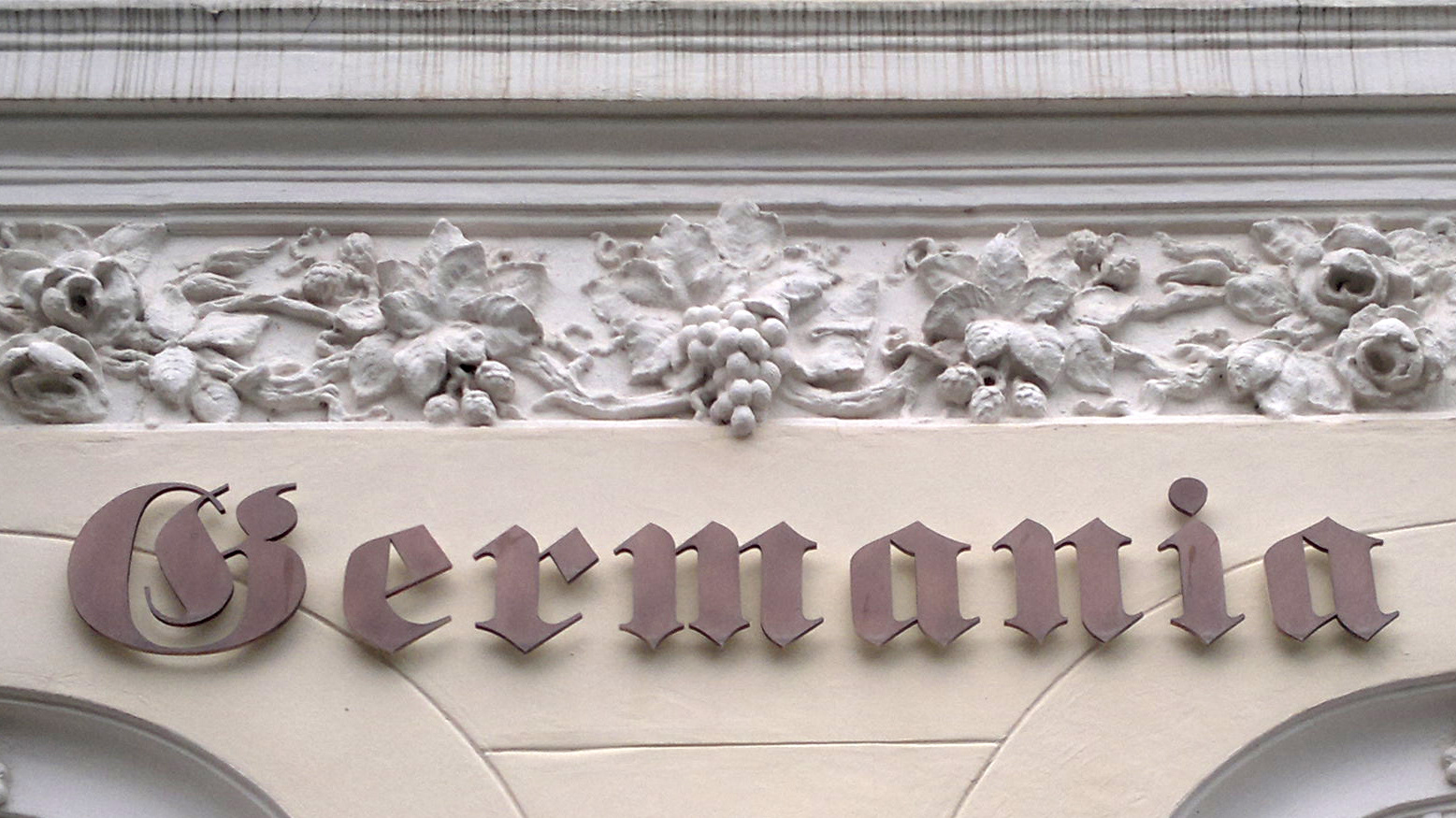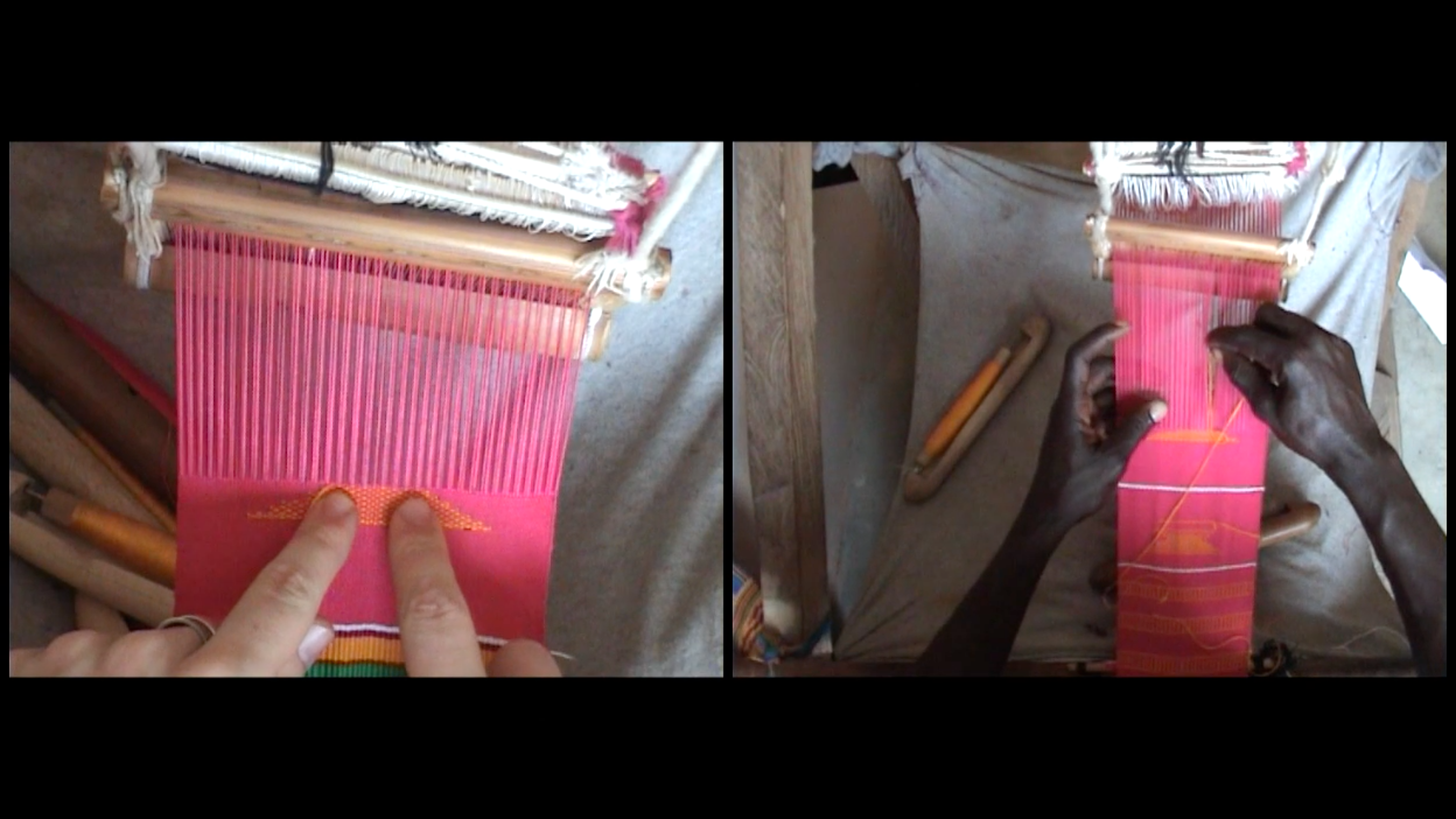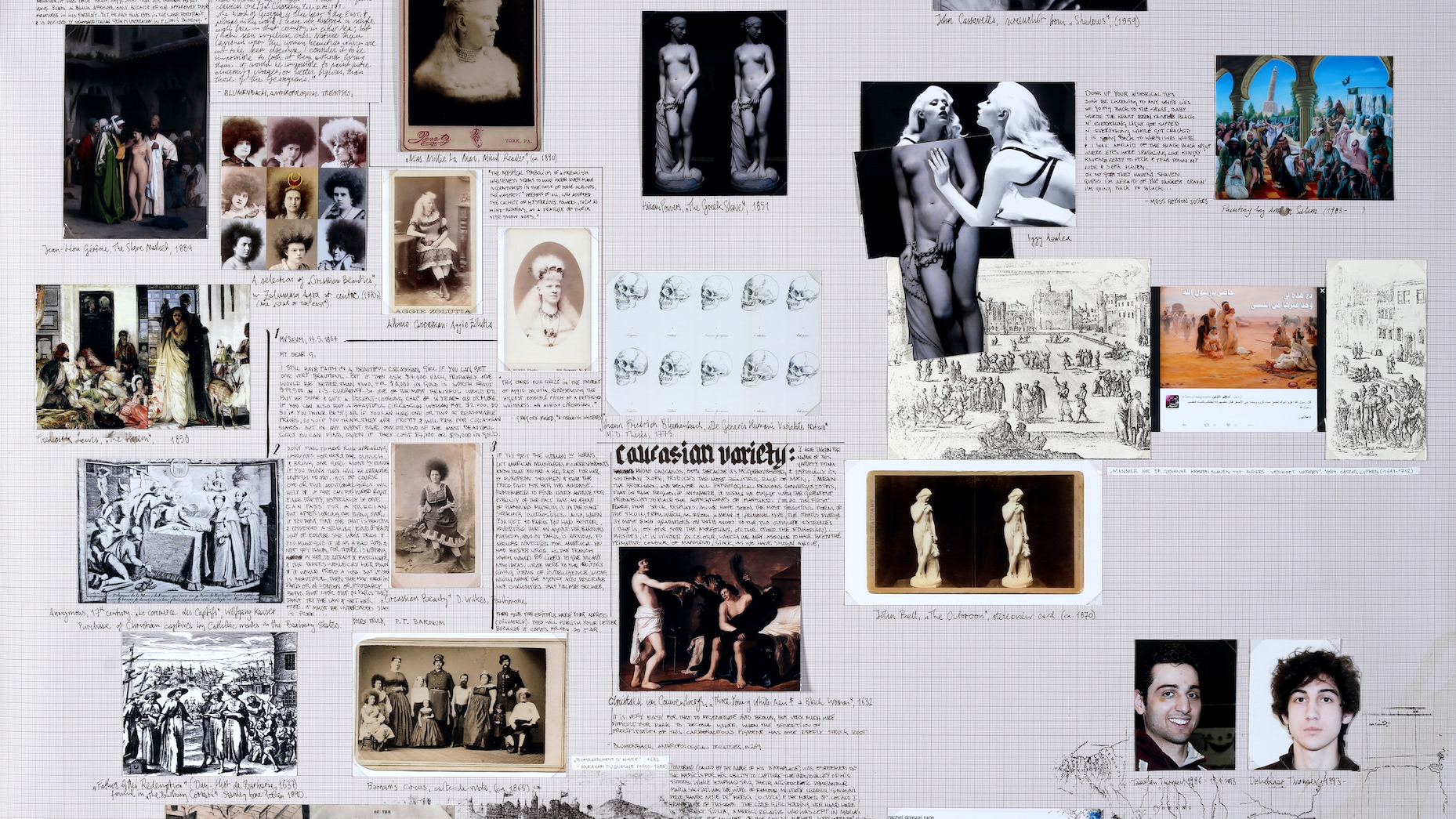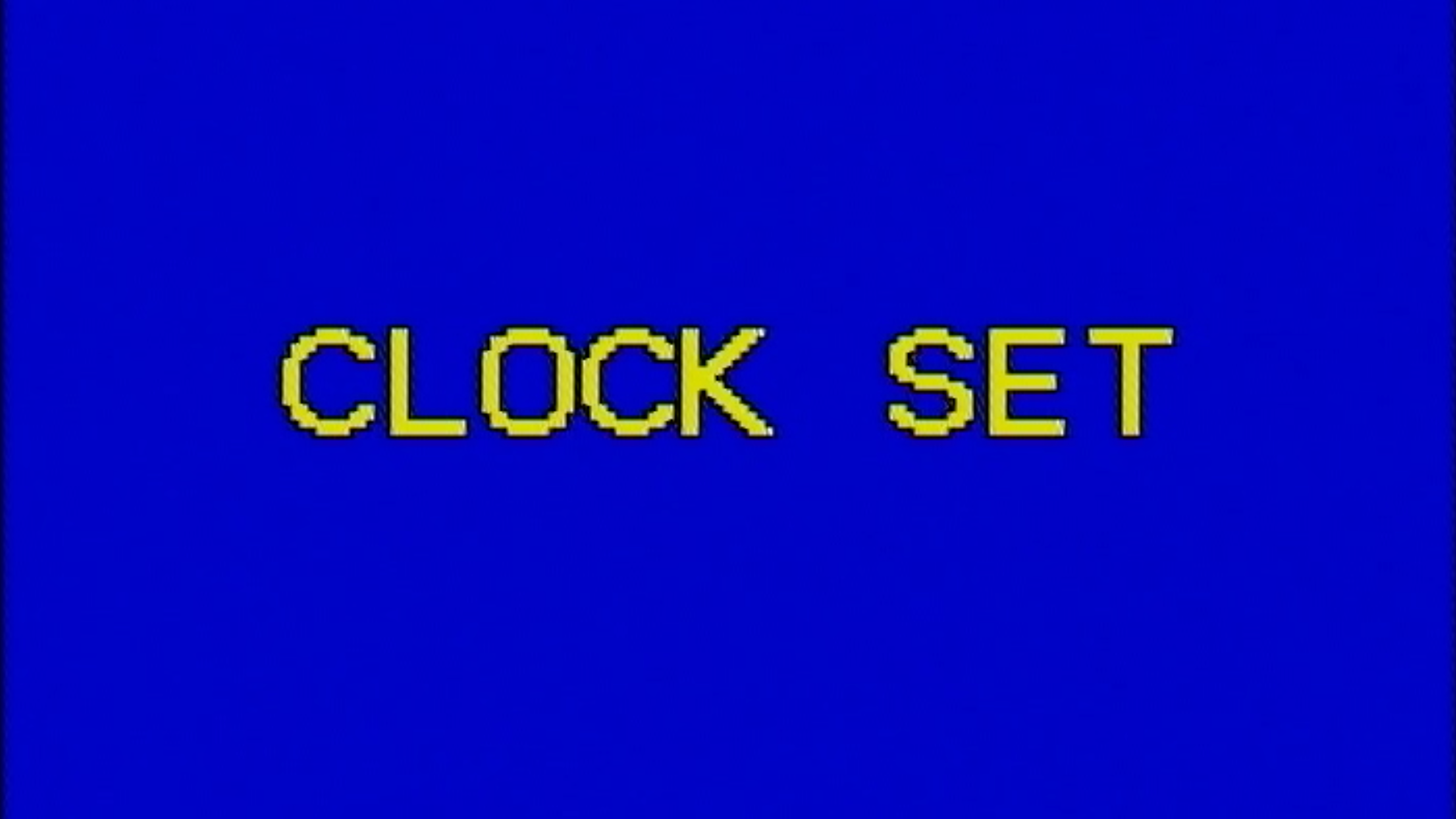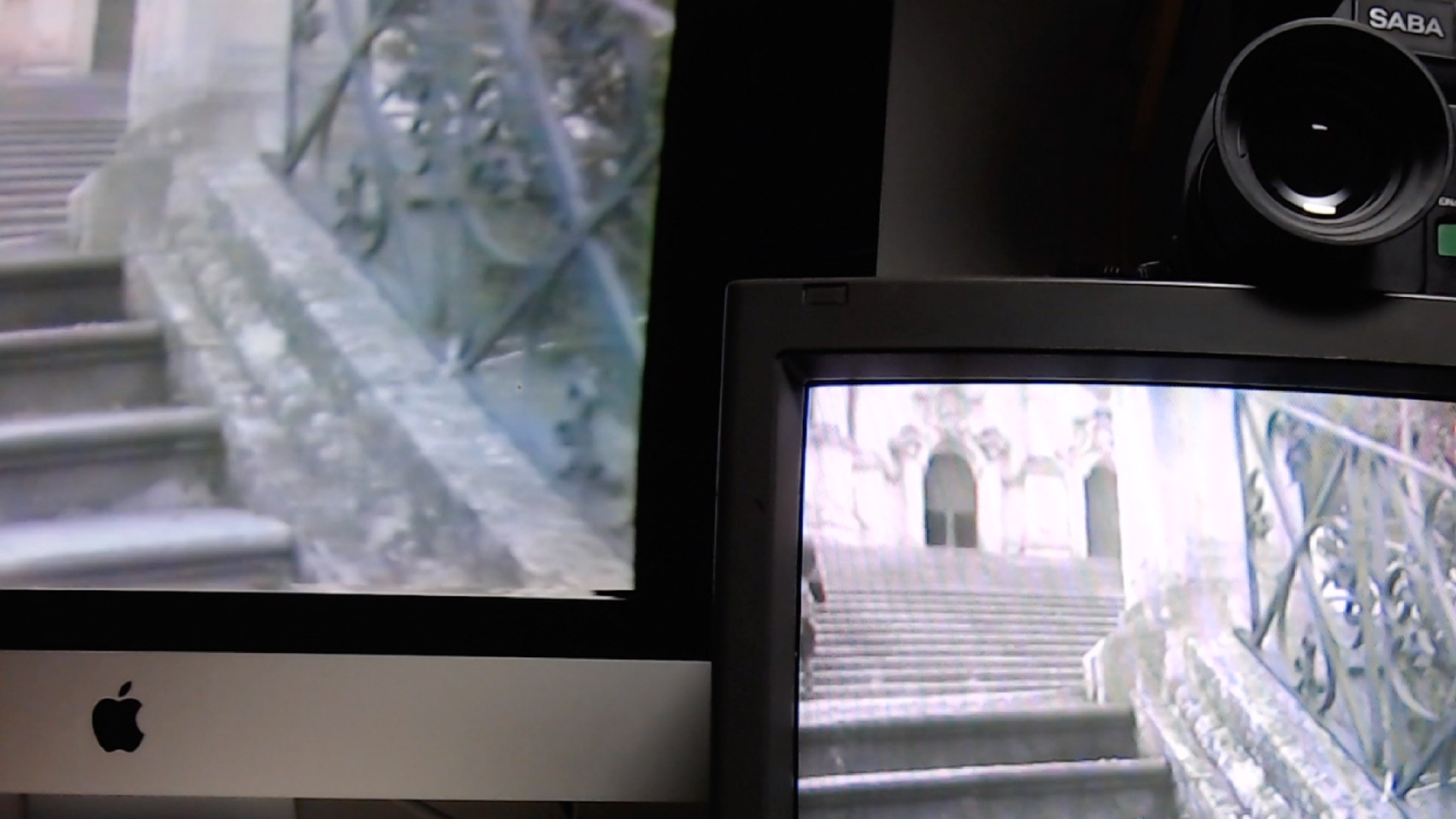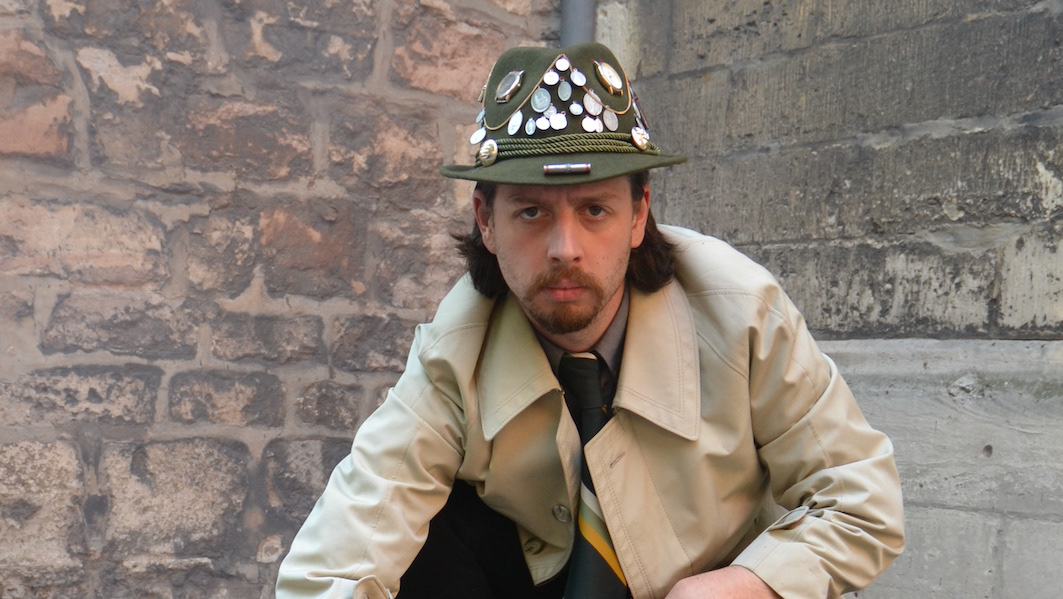Victory takes place in and is inspired by Berlin. A lone figure – Nante Eckensteier brought up to date – strides irreverently through the many different stages of Berlin’s history. A gesture – opening and spraying a bottle of champagne – is combined with a variety of monuments in Berlin.
The association of the gesture with victory, with an aggressive masculinity, is played off in juxtaposition to these monuments, which bear witness to Berlin’s past – as Prussian military capital, as divided city and Insel WestBerlin, as the site of Freundschaftsgeschenke, and the focal point of reunification.
Site photography for video storyboarding. April 2014
Berlin has a military past.
It was fundamentally important as the seat of the Hohenzollerns from the middle ages onward. Later, as capital of Prussia, a large part of its urban architecture was shaped by military ideas – the so-called Mietskaserne apartments arose from barrack design. Public spaces like Pariser Platz were designed for military parades. Monuments celebrated military victories. Through the periods that followed the Prussian era, including the Weimar Republic, the 3rd Reich, the divided city east and west, through to the re-united city of the last 20 years, a variety of historical events have been celebrated and monumentalised by various urban planners.
Many of these monuments are in direct opposition with each other. They speak for the ideologies that created them.
In the composite city of Berlin today, not all of these monuments are understood or appreciated in their original, intended context. This raises interesting, amusing questions about how they could be used and viewed differently.
Action shot from ICC / Messe Nord, 2014.
More info here.
